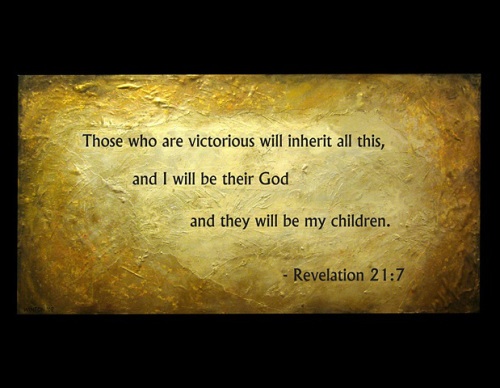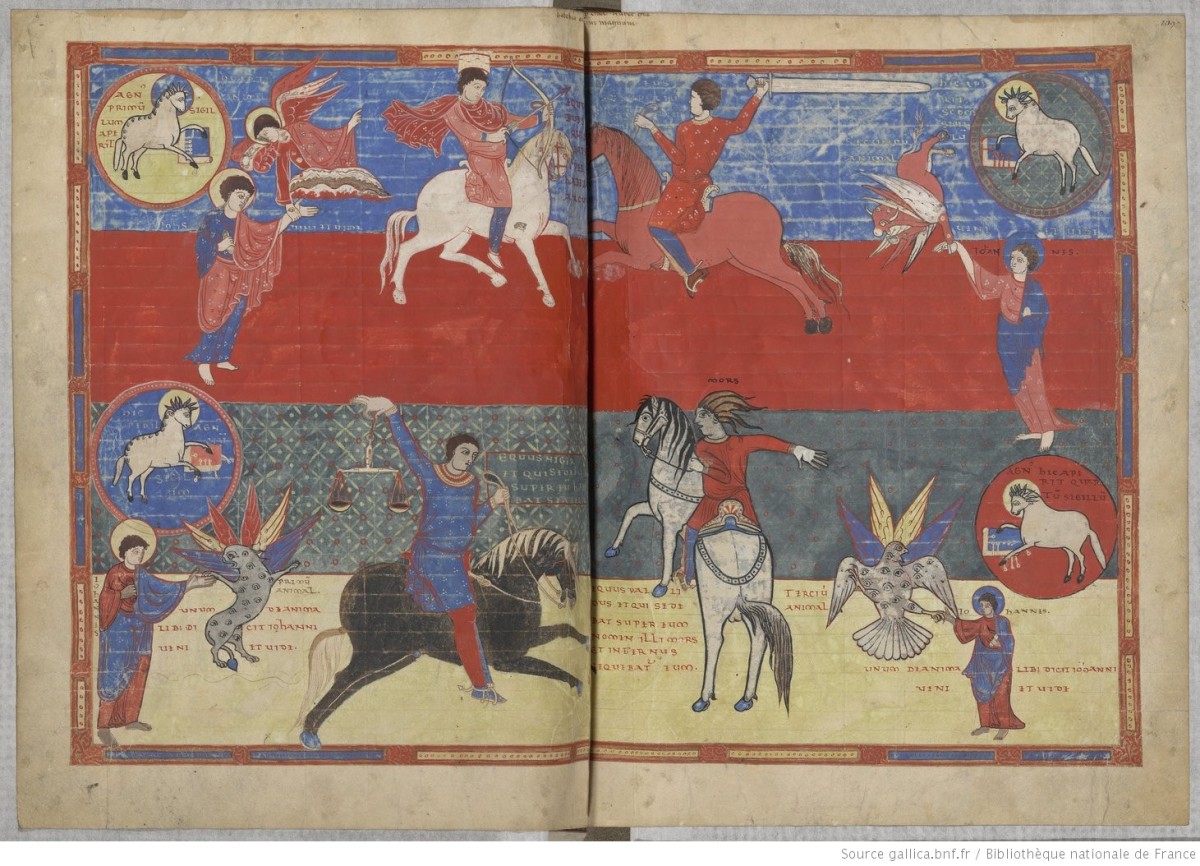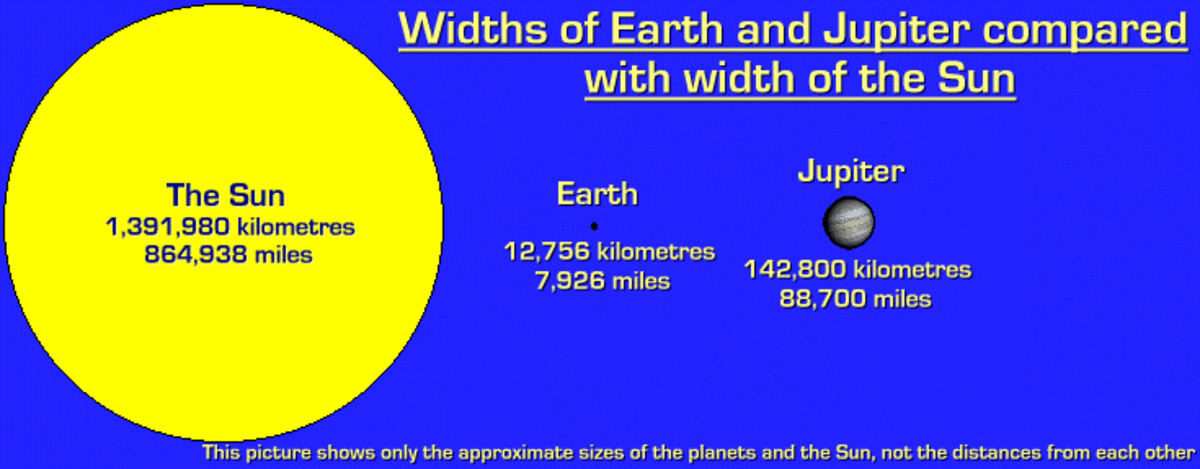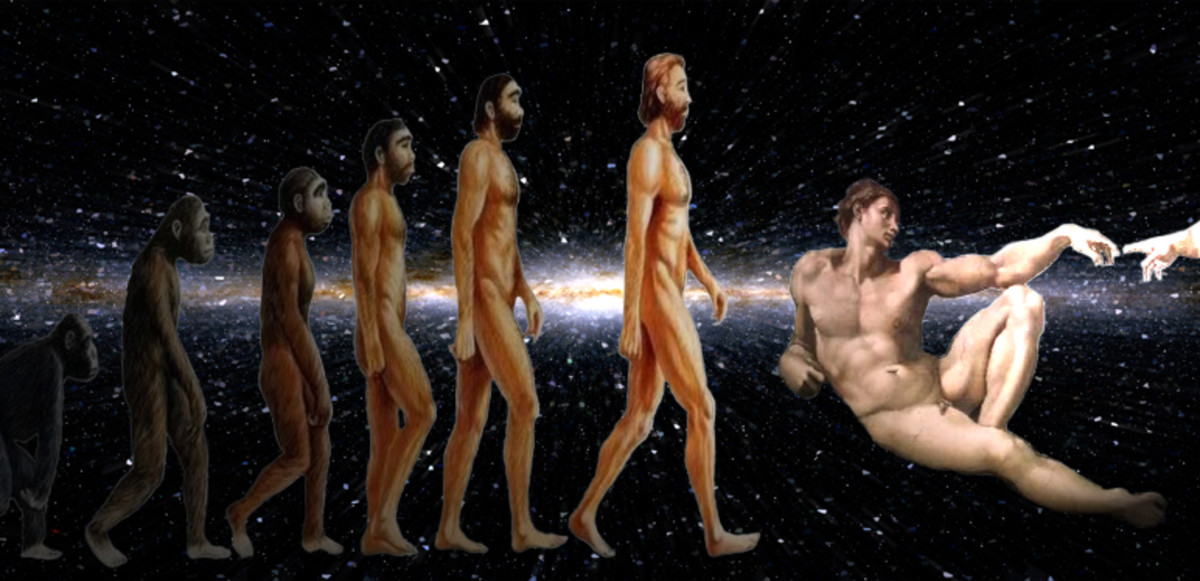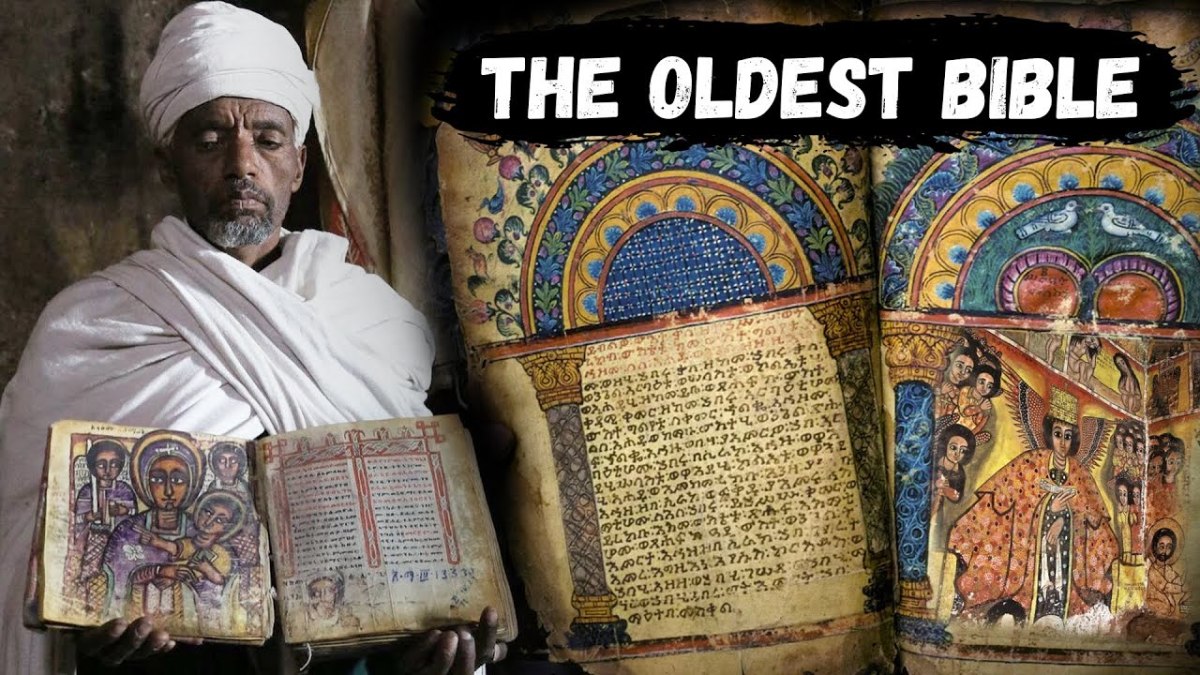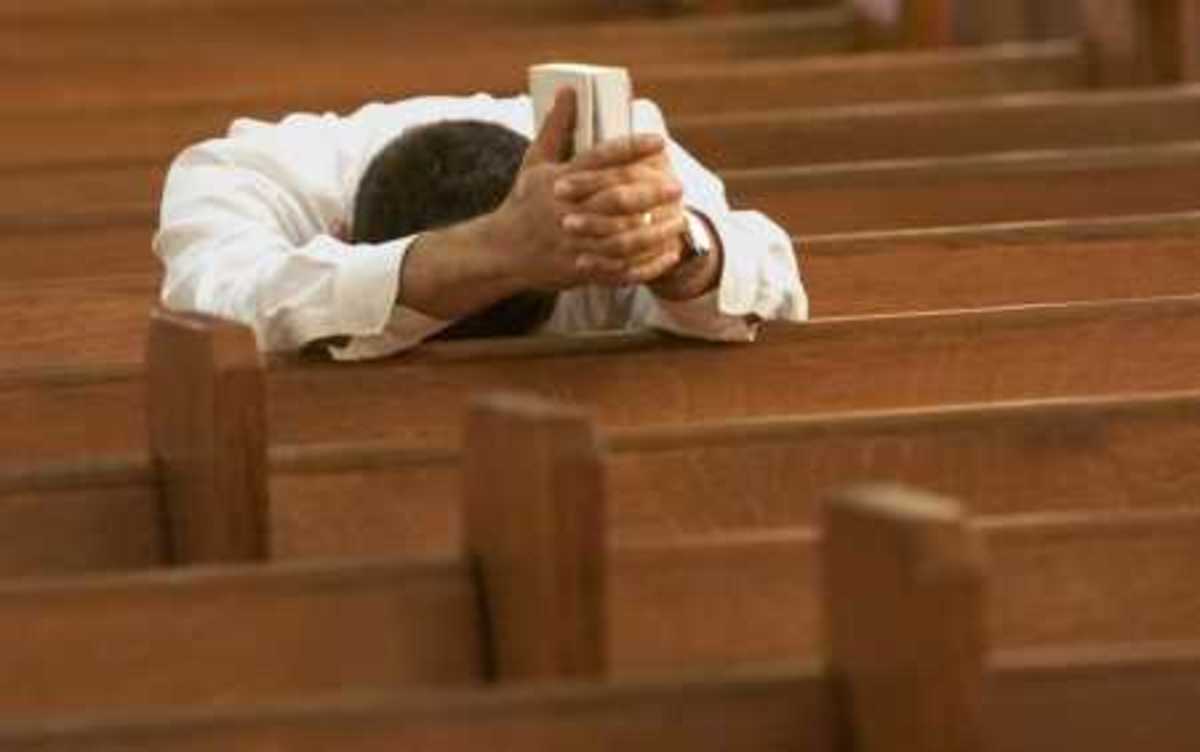The One Who Is There - Jehovah-shammah
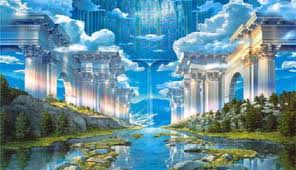
Ezekiel 48:30-35
“These will be the exits of the city: Beginning on the north side, which is 4,500 cubits long, the gates of the city will be named after the tribes of Israel. The three gates on the north side will be the gate of Reuben, the gate of Judah and the gate of Levi. On the east side, which is 4,500 cubits long, will be three gates: the gate of Joseph, the gate of Benjamin and the gate of Dan. On the south side, which measures 4,500 cubits, will be three gates: the gate of Simeon, the gate of Issachar and the gate of Zebulun. On the west side, which is 4,500 cubits long, will be three gates: the gate of Gad, the gate of Asher and the gate of Naphtali. The distance all around will be 18,000 cubits. And the name of the city from that time on will be: the Lord is there.”
Revelation 21:1-14
Then I saw “a new heaven and a new earth,”for the first heaven and the first earth had passed away, and there was no longer any sea. I saw the Holy City, the new Jerusalem, coming down out of heaven from God, prepared as a bride beautifully dressed for her husband. And I heard a loud voice from the throne saying, “Look! God’s dwelling place is now among the people, and he will dwell with them. They will be his people, and God himself will be with them and be their God.‘He will wipe every tear from their eyes. There will be no more death’or mourning or crying or pain, for the old order of things has passed away.” He who was seated on the throne said, “I am making everything new!” Then he said, “Write this down, for these words are trustworthy and true.” He said to me: “It is done. I am the Alpha and the Omega, the Beginning and the End. To the thirsty I will give water without cost from the spring of the water of life. Those who are victorious will inherit all this, and I will be their God and they will be my children. But the cowardly, the unbelieving, the vile, the murderers, the sexually immoral, those who practice magic arts, the idolaters and all liars—they will be consigned to the fiery lake of burning sulfur. This is the second death.” One of the seven angels who had the seven bowls full of the seven last plagues came and said to me, “Come, I will show you the bride, the wife of the Lamb.” And he carried me away in the Spirit to a mountain great and high, and showed me the Holy City, Jerusalem, coming down out of heaven from God. It shone with the glory of God, and its brilliance was like that of a very precious jewel, like a jasper, clear as crystal. It had a great, high wall with twelve gates, and with twelve angels at the gates. On the gates were written the names of the twelve tribes of Israel. There were three gates on the east, three on the north, three on the south and three on the west. The wall of the city had twelve foundations, and on them were the names of the twelve apostles of the Lamb.
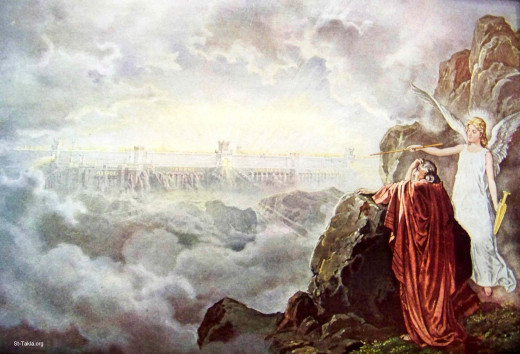
Introduction
Two visions, by two separate men of God, at two different points in history – yet both of them give us a glimpse of the same thing: both visions show a little of the future glory with God. Both visions also describe how God passionately desires to be with humanity.
When life gets tough and we struggle with trials and trouble, our thoughts often turn to such things as questions about God, the nature of heaven and what our fate will be in the next life. This was the setting for these two visions in our two Scripture readings – trouble and trial.
Ezekiel was a prophet in captivity. He was among those who were deported into captivity when Judah was conquered by the Babylonians. His vision of the New Jerusalem was meant to encourage the other captives that God would restore them. The Apostle John is the author of Revelation. He had his vision while the early church was going through a period of intense persecution, and he was himself living in exile as a result of it. His vision of a triumphant church and a reconciled earth was also meant to encourage God’s people. The words of Ezekiel and John can also be an encouragement to us living in our own times.
Names Of God Series
With my previous eleven Hubs I have presented a series that looked at the compound names of God. This is when the primary name for God – Jehovah – is linked with an attribute or characteristic of God. During this series, we have looked at many names and divine characteristics and for review, I encourage you to read the previous Hubs, and I will summarize them in a succeeding Hub. Though there are other topics we could explore and other things about God we could learn (there are many more compound names of God), we will bring this series to a close and look at one last name for God: Jehovah-shammah – The LORD is There.
This, in fact is the last compound name for God in Scripture. You could argue that this name that comes at the end of Ezekiel’s vision is not a name for God at all, but is actually the name for the New Jerusalem. This certainly is true, but as we saw with some of the other names we have looked at, that when the name for a place is revealed as part of the encounter with God, it is appropriate to understand the name as applying to God as well. Just like when Abraham, Moses and Gideon built an altar and named it after what they discovered about God, the same is true with Ezekiel, when he was told that the heavenly city would be named after what we know to be true about God. So our name for God in this Hub is: Jehovah-shammah – The LORD is There.
A Problem
But there is a problem for this series with this name. When I was planning for this series some time ago, I understood this name to mean essentially that the LORD is present. But that’s not what the name means. Certainly it is true that God is present among God’s people. We see that in many ways in the biblical narrative: God’s presence is dramatically demonstrated with the tabernacle and the temple. We see God’s presence with the concept of Immanuel. We also see God as present with us with God as Holy Spirit. But these are the reality of the fact that God is “here,” and the name told to Ezekiel was “The LORD is There.”
The Hebrew word translated into English as “there” is distinctly unprofound in its meaning. The Hebrew word shama simply means there (as opposed to here). If I were to toss a rock I was holding in my hand, for instance, to a place in front of me, perhaps near a tree, it can be said that the rock was once here, in my hand, but now it is there, by the tree. The meaning of the word includes the idea of being “in it” (that is, the rock is there, in the area of the tree); so when we think of the fact that God is there, i.e. in the New Jerusalem, the text is not talking about God being here with us now, it’s talking about something else.
I admittedly was a bit distressed when I realized that; after all, I would like the text to mean that God is present. But I would not be true to the text if I were to try and make it mean that. Since the name we are considering is The LORD is There, let’s explore what that means, and focus our attention on why it should matter to us.
The Importance Of There
1) We are going there – The idea of there (as opposed to here) implies that we are going there. It says also that we desire or are striving to get there. We get to the New Jerusalem to be with God by God’s grace. God’s grace is the unmerited favor that God grants to those who respond to God in faith. And we get to the New Jerusalem by overcoming. In Revelation 21:7 God tells us that “All who overcome will inherit all of my blessings, and I will be their God and they will be my children.” As God’s people, we are charged to live a certain way, and we are to live according to God’s standard.
2) We are taking others with us – As we live our lives in obedience to God, we should be sharing the gospel message with others, so that others come to know the Savior who is waiting for us in the New Jerusalem. Ezekiel’s and John’s vision both describe a city that had gates on all four walls, allowing access on all sides. Normally a walled city had only one gate so as to control access, that is, allowing desired people in and keeping undesired people out. The New Jerusalem by contrast, is open to all. Our faith is not exclusive for a select few, but inclusive. We must not put any barriers as to who should receive God’s grace and who, in our minds, should not. I sometimes hear people refer to others who are different from them as “them people.” What this essentially means is ‘people not like us,’ and often meaning people who that person does not want to associate with. In the New Jerusalem there is no such thing as “them people” because all are “God’s people.”
3) All will be made right – One of the glorious features of the New Jerusalem is that it shows how God will put things right from our sin-spoiled world. Revelation 21:4 has this beautiful message: “God will wipe every tear from their eyes. There will be no more death or mourning or crying or pain, for the old order of things has passed away.” All of us have suffered some form of trouble and pain, and in the New Jerusalem, all of that will be gone. With the New Jerusalem, Eden is restored, sin is destroyed, and full and complete fellowship is granted with God!
4) Challenge to be faithful – However, the image of the New Jerusalem comes with the challenge to be true to our faith. As again we are reminded from Revelation 21:7 – it’s not enough to be associated with a church, it’s not enough to experience trials, it is not enough to do good deeds and be a “good” person, but we need to “overcome.” With Gods power and strength, we need to overcome the sinful hindrances that keep our focus from being on God. It is a challenge to keep our faith strong. On the other hand, it also gives us something to live for.
5) Image of God’s great love – Finally, this vision of the New Jerusalem, with all of its strange imagery, in the end is all about God’s great love for us. The second part of Revelation 21:2 provides the image of the joy and love that the groom has for his bride, and of the bride, who is all adorned for her husband. God doesn’t desire for us to remain in the ugliness of sin and in the struggles of hardship, but desires instead to make us beautiful and glorious and most of all to have fellowship with us forever.
Conclusion
We’ve been talking about how God is there, that is, in the New Jerusalem. This is a grand and glorious image of what’s to come. But, what about now? Are God’s blessings only for the distant future, or does God shower us with blessings now in the present? Indeed, we need to celebrate that God blesses us now!
Some of you may be thinking that looking at the future of the New Jerusalem is sort of irrelevant for our lives today, and that the future has nothing to do with our lives now. But we need to ask ourselves when the future is. When is the future?
***The future is the very next second!***
God’s future and the fact that God is “there” is very relevant to the present because the future is unfolding right before us. It is happening right now, even as we are thinking about it!
And finally, we need to ask one last question: Is God only there, or is God also here? Is God present with us here? Most definitely! The Bible is full of examples and images for how God is also “here.” What are ways that we see God as present with us? I invite you to comment to offer your answer to the question as to how you see God present with you, and the community in which you live.
Let us celebrate that God is both there and that God is also here!
